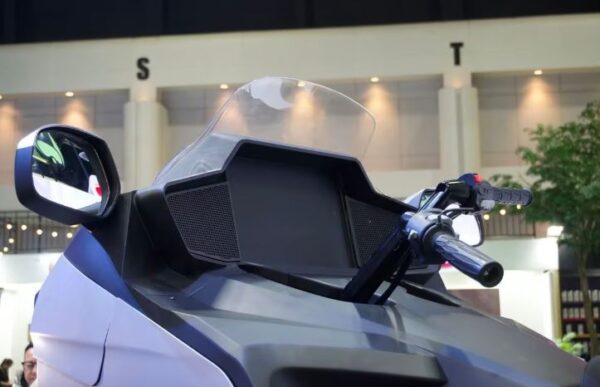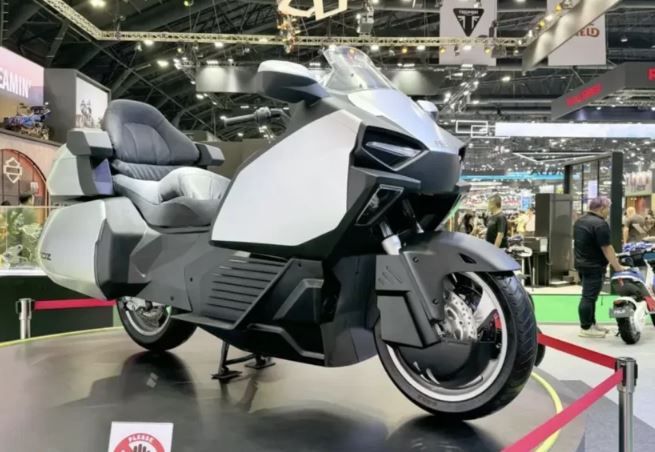Felo, an emerging player in the motorcycle manufacturing scene, has made waves with its latest innovation, the Felo Tooz, unveiled at the prestigious Bangkok International Motor Show. The Tooz, an electric touring bike prototype, is making headlines for its remarkable claimed range of 447 miles on a single charge and lightning-fast recharge capability from 20 to 80 percent in just 20 minutes using a Type 2 charger. Featuring a sleek design and cutting-edge technology, including a 12-inch TFT dashboard, multimedia connectivity, a cool box, a 360-degree camera system, and more, the Tooz is poised to revolutionize the electric bike market.
However, amidst the buzz surrounding the Tooz’s performance, there are lingering doubts about the feasibility of its claims. The bike’s battery, a 700V, 50Ah unit, exceeds the capacities of current production electric bikes, raising questions about its ability to achieve such an extended range, especially given its size and weight.
One potential explanation for the ambitious range claim lies in the measurement method. The Tooz’s range is calculated using the Chinese CLTC, known for yielding more generous results compared to the EPA standards commonly used in the United States. Adjusting for EPA conditions, the Tooz’s range could be closer to 333 miles, aligning more closely with industry expectations.



Despite being a relatively new player in the market, Felo has demonstrated its capabilities through strategic partnerships and government support. With a range of smaller electric bikes already in its portfolio, including the FW-06 and FW-03 models, as well as the Felo M1, a modern take on the classic Honda Motocompo, Felo is poised for success in the electric vehicle space.
The Tooz project represents a significant opportunity for Felo to establish itself as a leader in the electric bike market. If it can deliver on its ambitious range and performance claims, the Tooz could disrupt the heavyweight tourer market and position electric bikes as a viable alternative to internal combustion engines. As the Tooz project progresses, it will undoubtedly attract attention from enthusiasts and industry experts alike, eager to witness the evolution of electric mobility.

